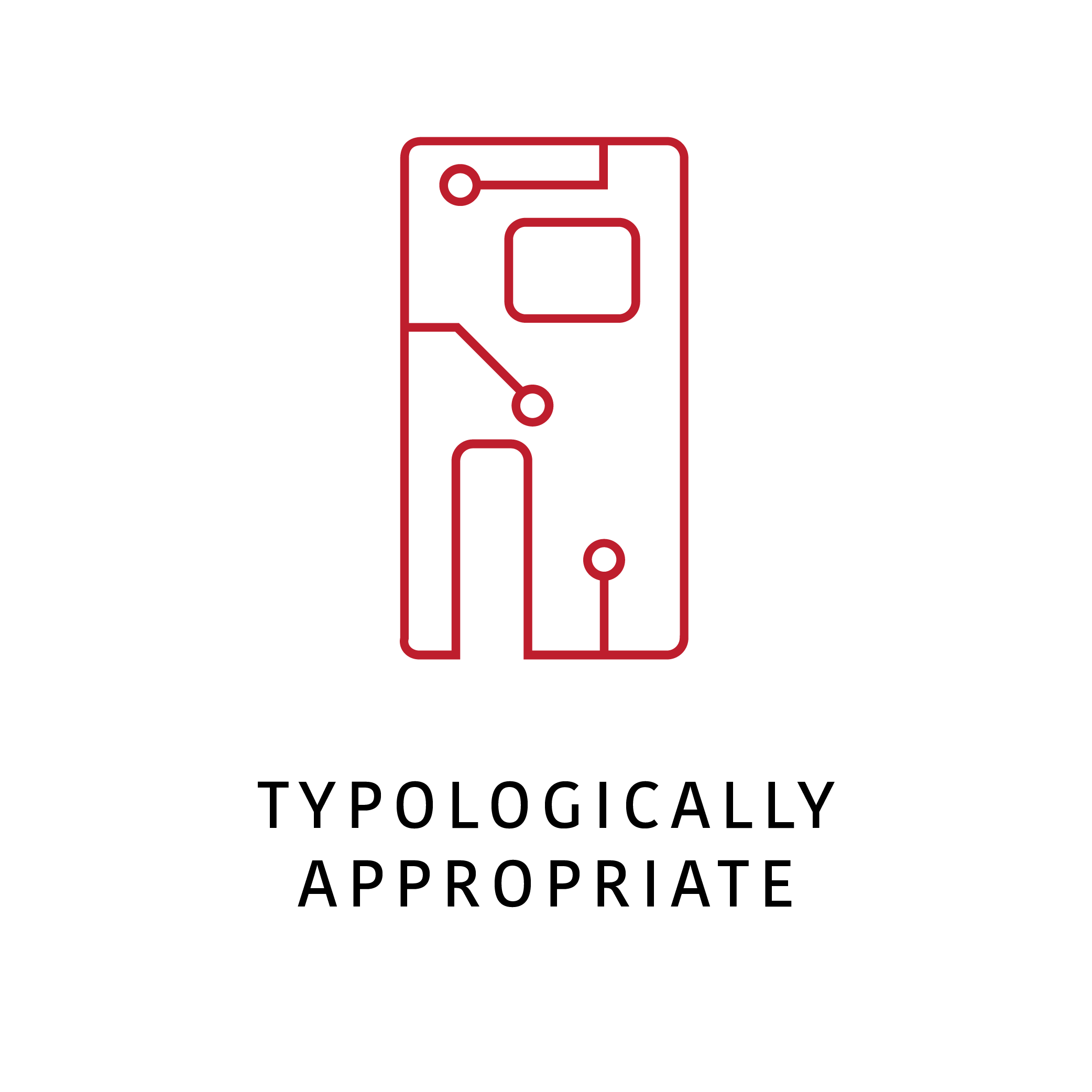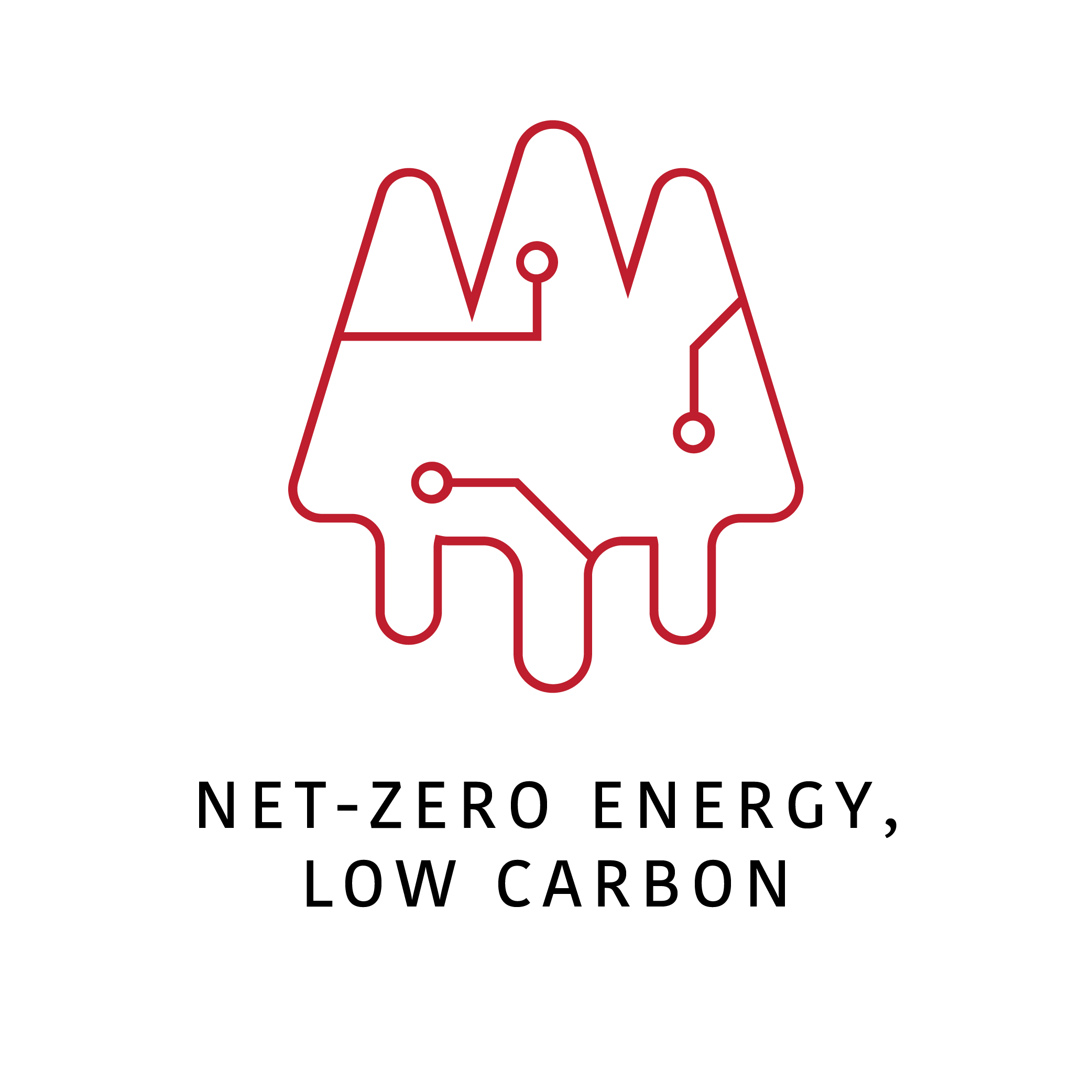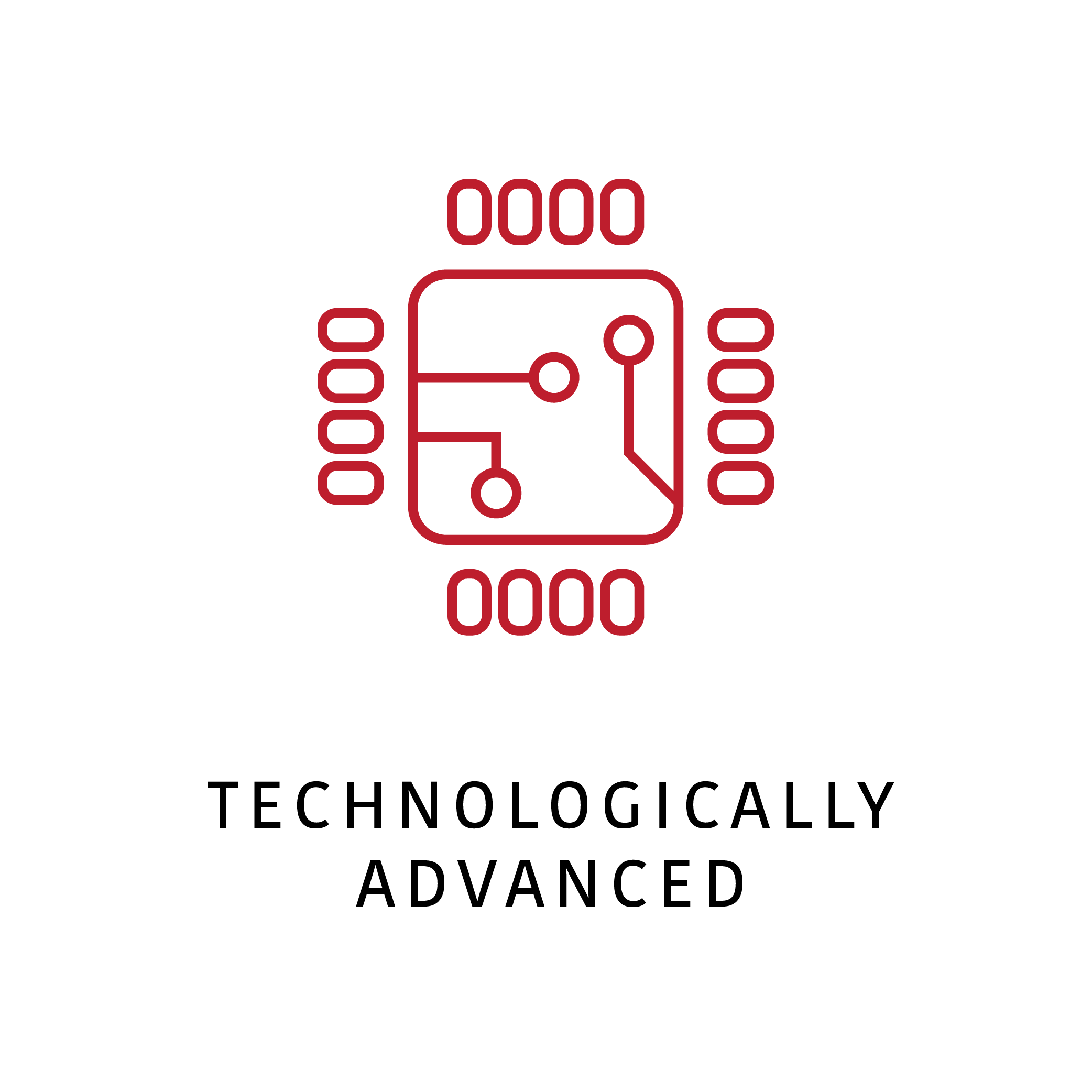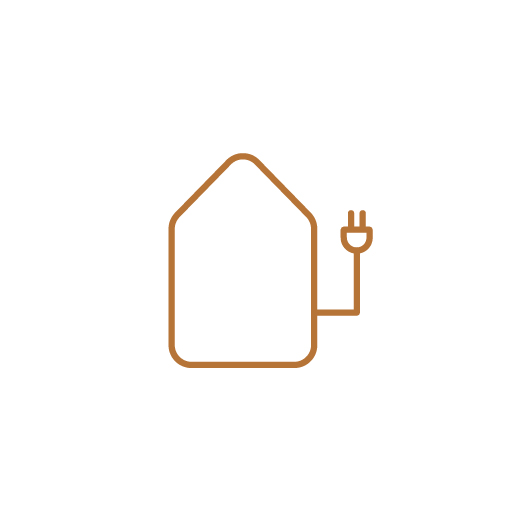follow the PROGRESS OF the construction
CONSTRUCTION DIARY
design statement
“Deep-Performance” implies a socially, culturally, and technologically advanced architecture that embodies qualitative and quantitative notions of performance in addressing energy efficiency, comfort, wellbeing, affordability, environmental sustainability and ecological awareness.
flexible living
hybrid prograMming
We consider the ongoing transformation in the social dynamics and variability of composition of the contemporary family unit as a primary driver for innovation toward urban sustainability. The need for flexibility and adaptability over time for diverse living configurations (live/work/play, intergenerational, extended family) is an inspiration for the architecture of the DPD.
the dpd features a
urban density and affordable housing
The DPD is intended as an urban single-family home that answers the pressing global challenge to provide affordable and robust housing in cities that must achieve greater environmental and cultural sustainability, livability, and social equity. It includes layers of private/shared/public space (designed for high quality, healthy urban living).
passive design principles:
A Fabric-first approach
The DPD incorporates an array of passive on-site resource management and monitoring systems allowing to consume much less energy to accomplish the same result as active systems. For example, the temperature throughout the house is regulated by optimized shading devices to maximize solar gains along passive cooling and heating systems.
building method:
prefabrication
A key innovation of the DPD is the utilization of off-site (factory) prefabrication methods of construction. It is designed for both modular & panelized options. Prefabrication addresses issues of affordability, reduction of waste, health and safety of workers, greater export capacity, and quality control to achieve high-performance building standards. Quebec’s prefabrication industry is one of the most robust in North America and its expansion into the high-performance building industry is a key to its development.

a house that adapts to you and your environment
responsive and interactive house
Smart Home technology allow for sophisticated command-control and feedback loop of the systems including the automation of lighting, temperature controls, appliances, and the like.
Custom built media/data architectural features aesthetically codify and translate performance data as visual and sonic experiences to raise awareness of consumption, performance, and behaviour.
Sensor networks and Internet of Things technologies installed throughout the home for performance and durability monitoring, consumption, and automation.

an international competition
the SOLAR DECATHLON CHINA 2018
Originally launched by the US Department of Energy (DOE) in 2002, the International Solar Decathlon Competition is a green energy building competition involving participants from universities all over the world. The 2018 competition will be held in Dezhou – the sun city of China.
Each team has to design and build a two-story, Net Zero Energy capable, solar-powered house with a floor area of 120-200 m2 (1290-2150 ft2). Every house must be fully equipped with all necessary household appliances and provide household electric vehicle. The jury will evaluate the house’s cost feasibility, power efficiency, environment adaptability, power generation capacity, and architectural quality. Final judging is determined by a total of ten contests (5 measured, 5 juried contests).
Visit the official website for the latest news on the competition >














